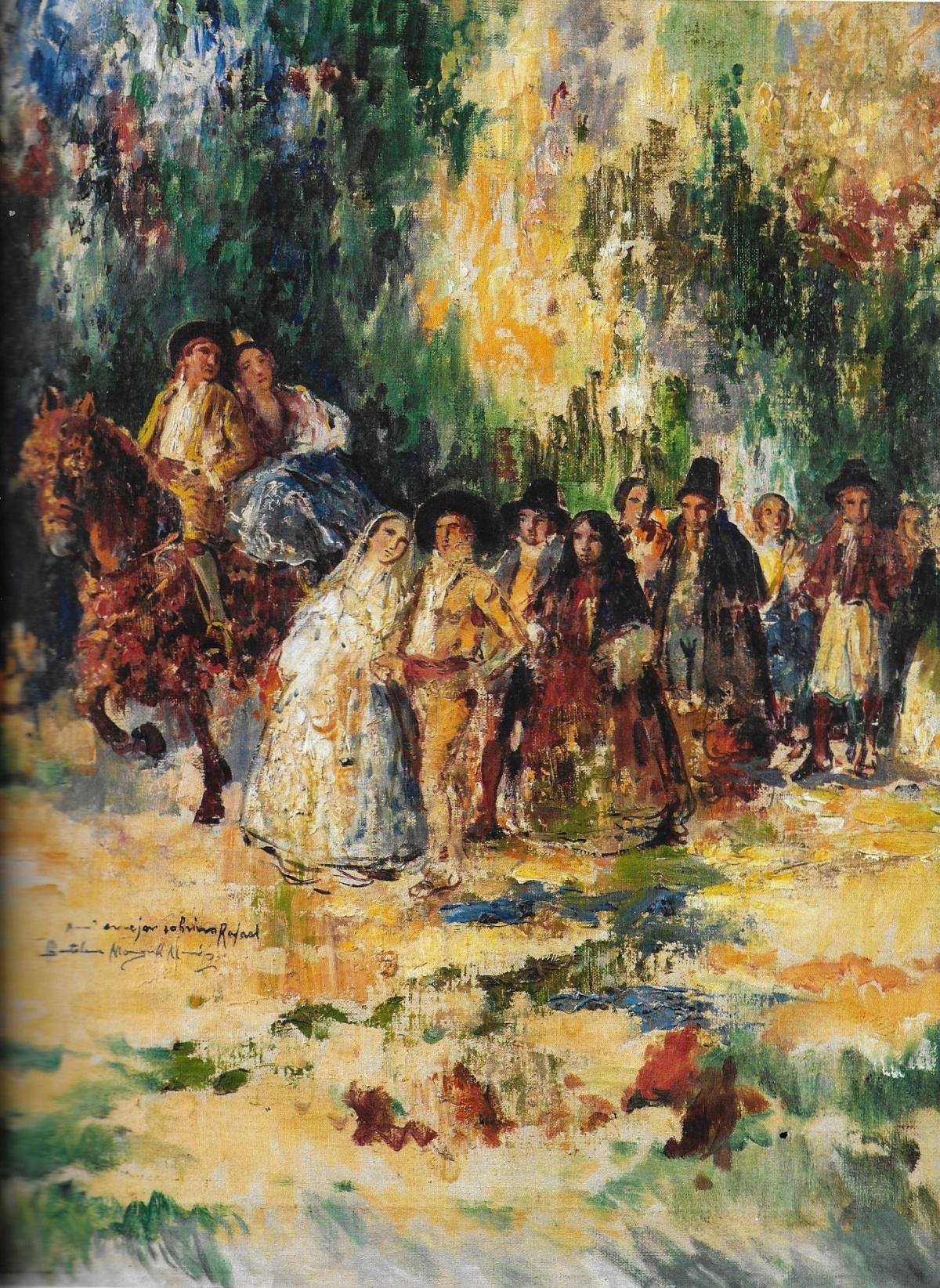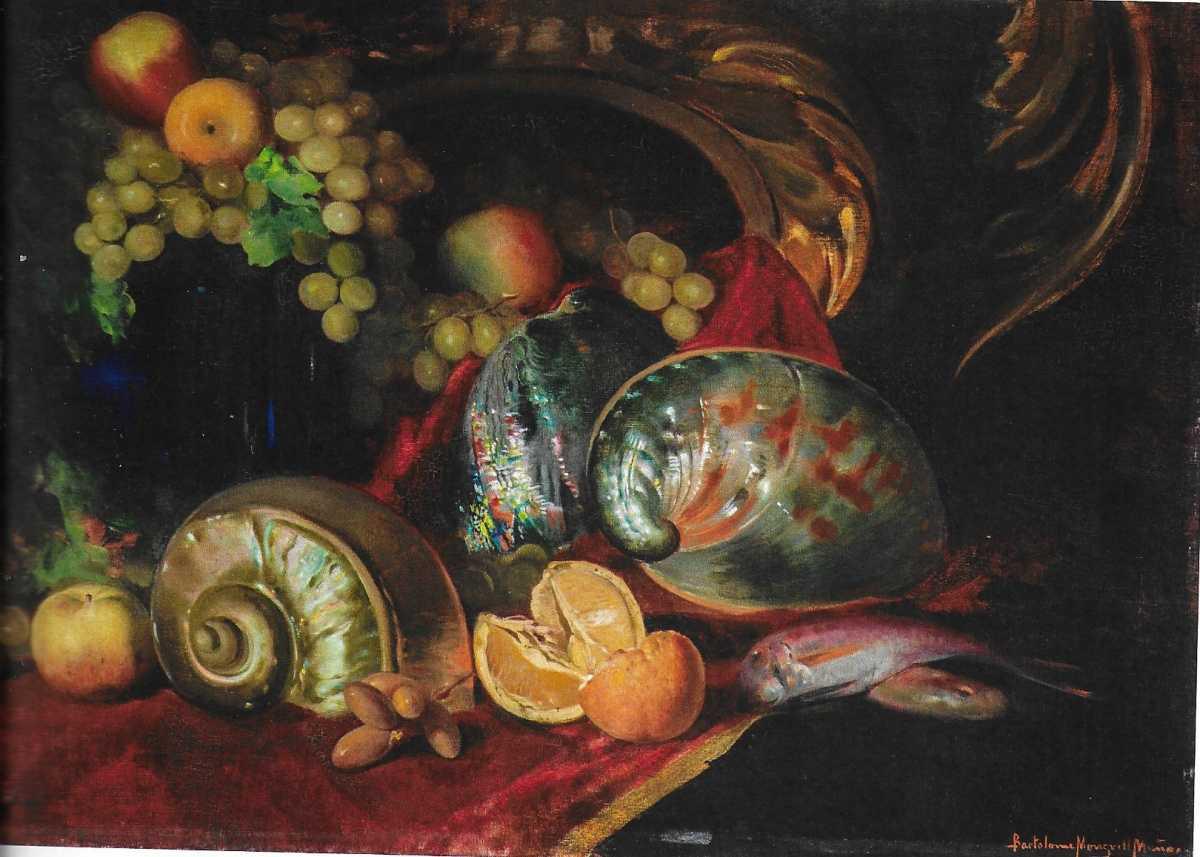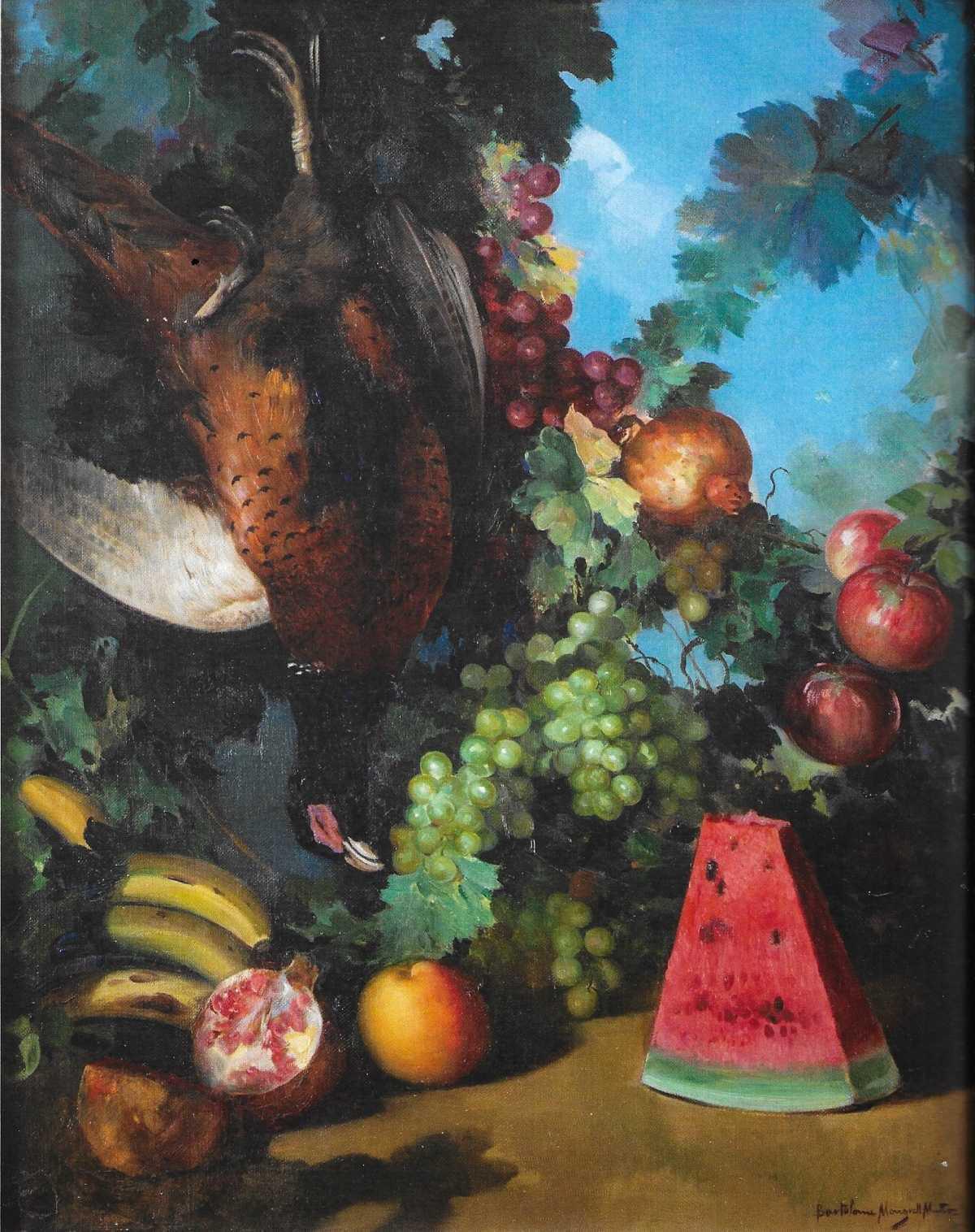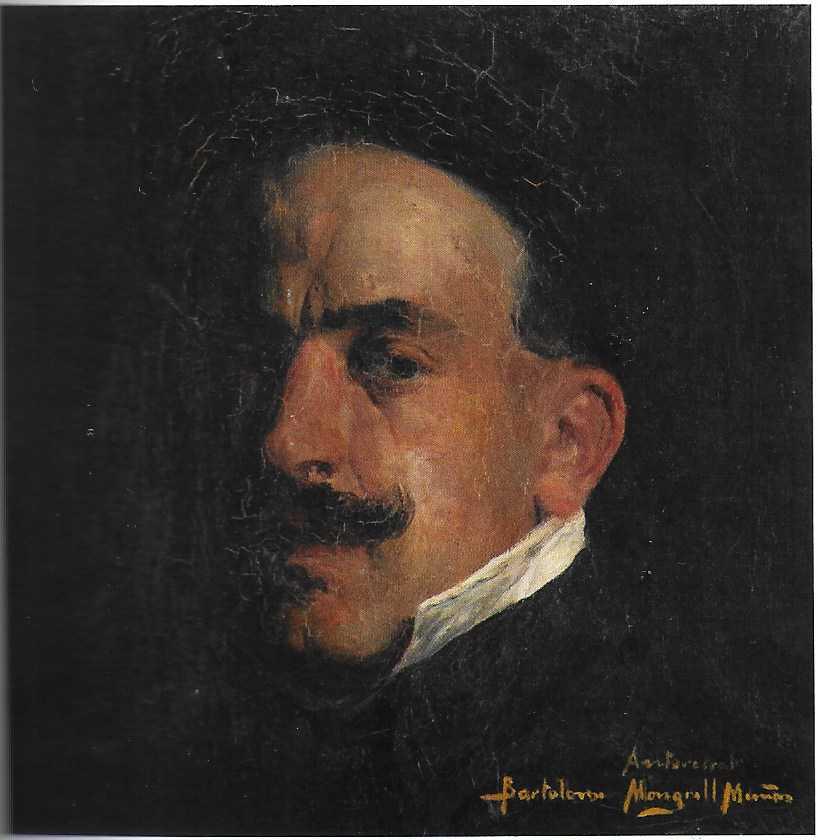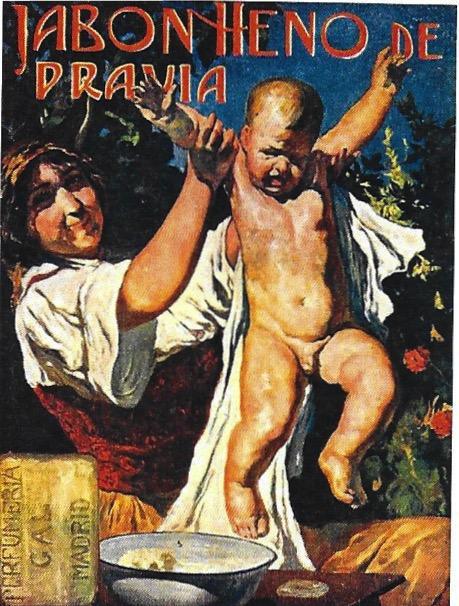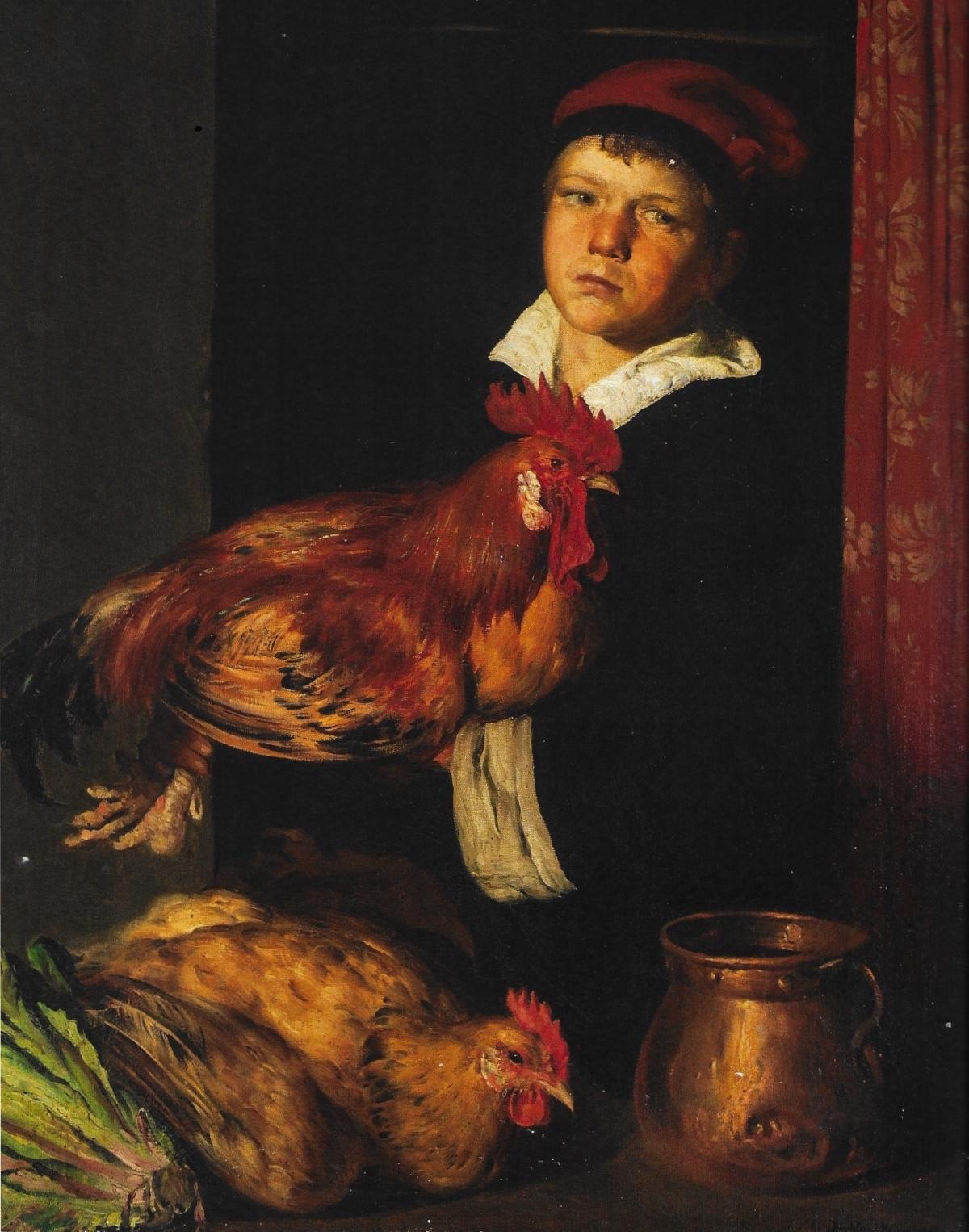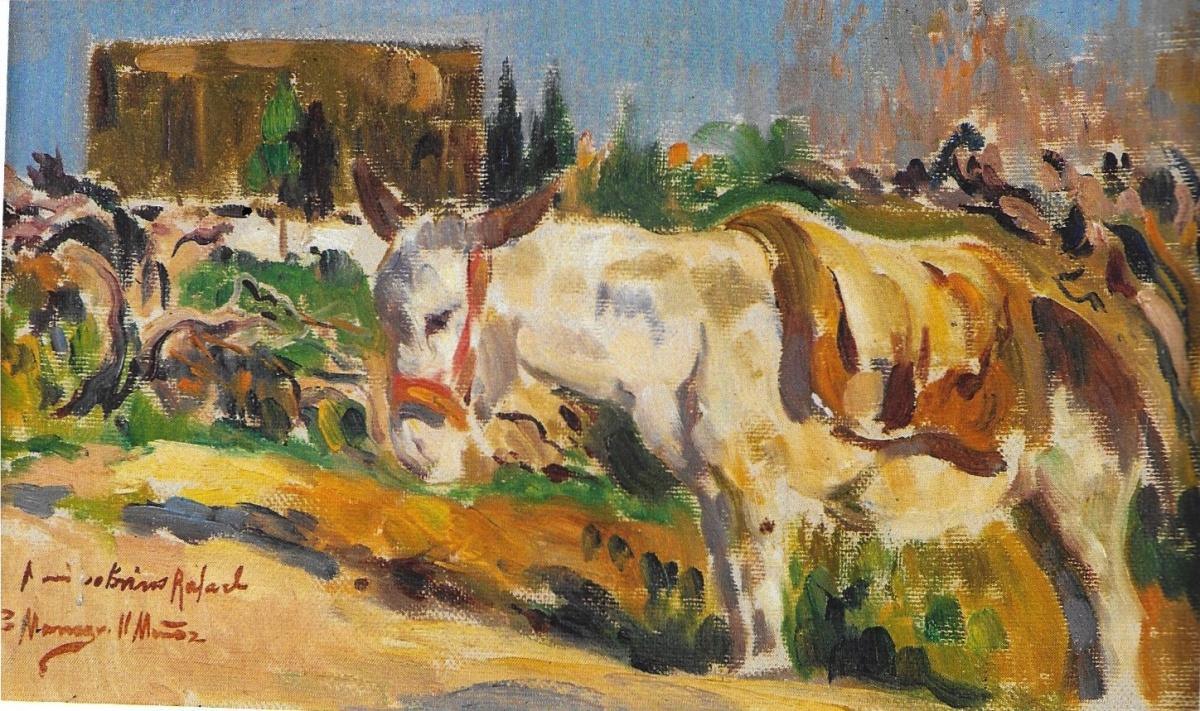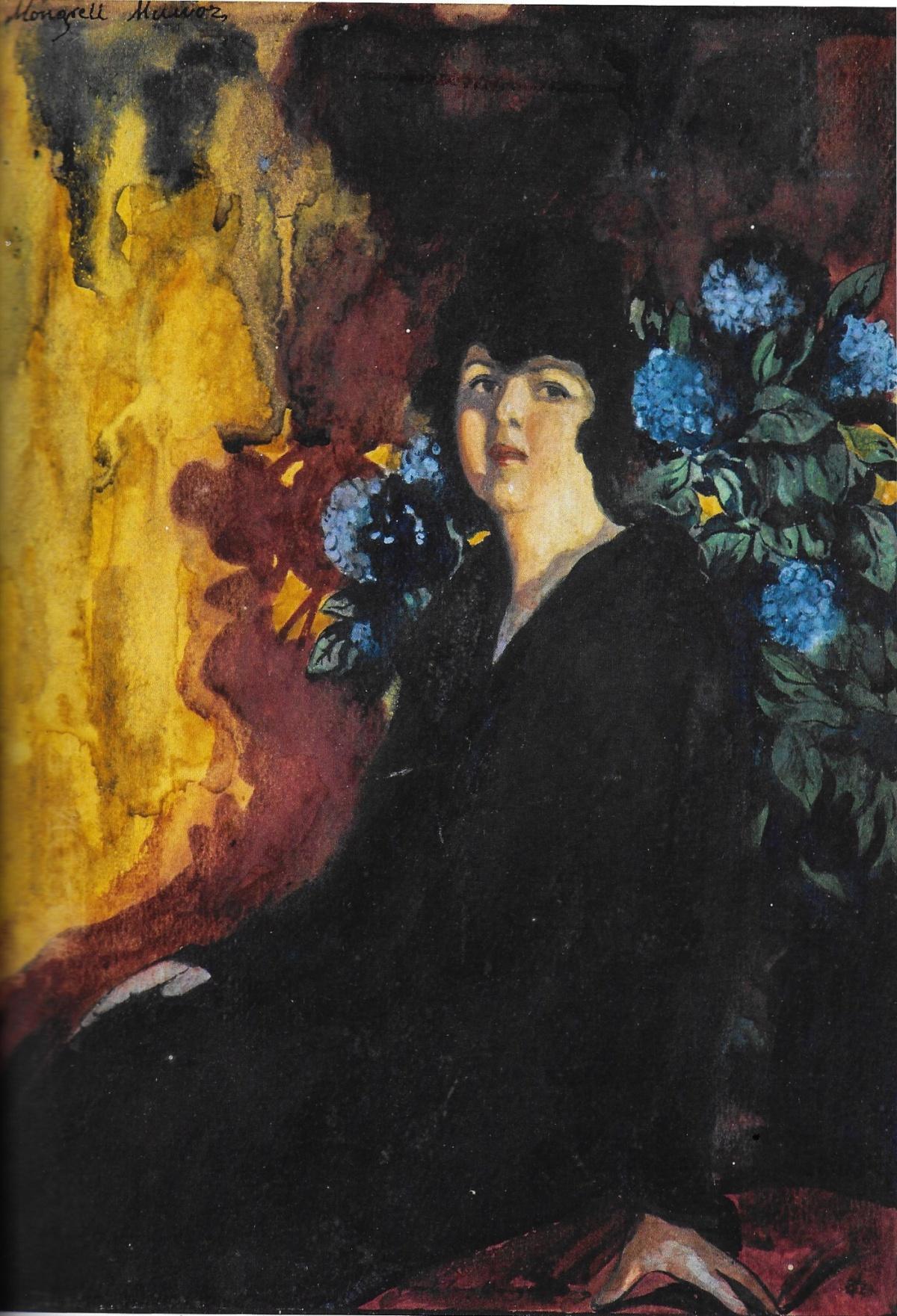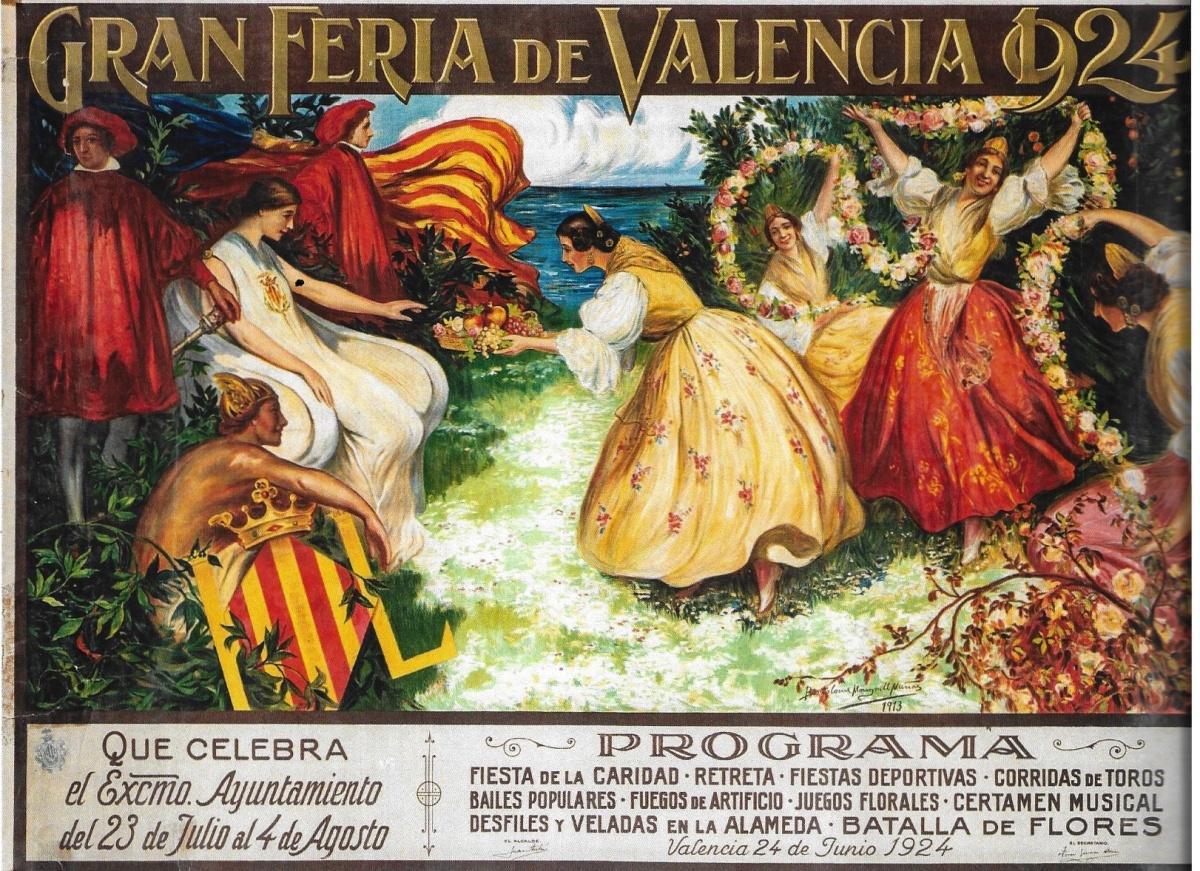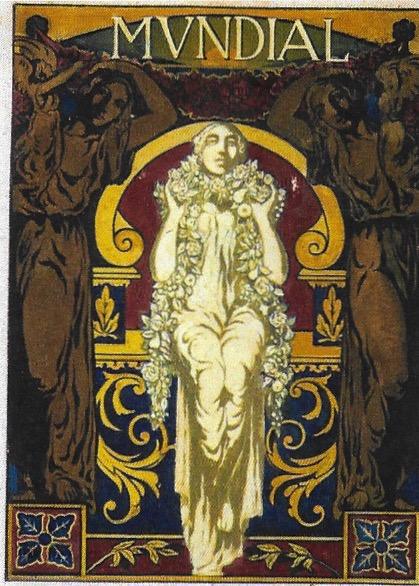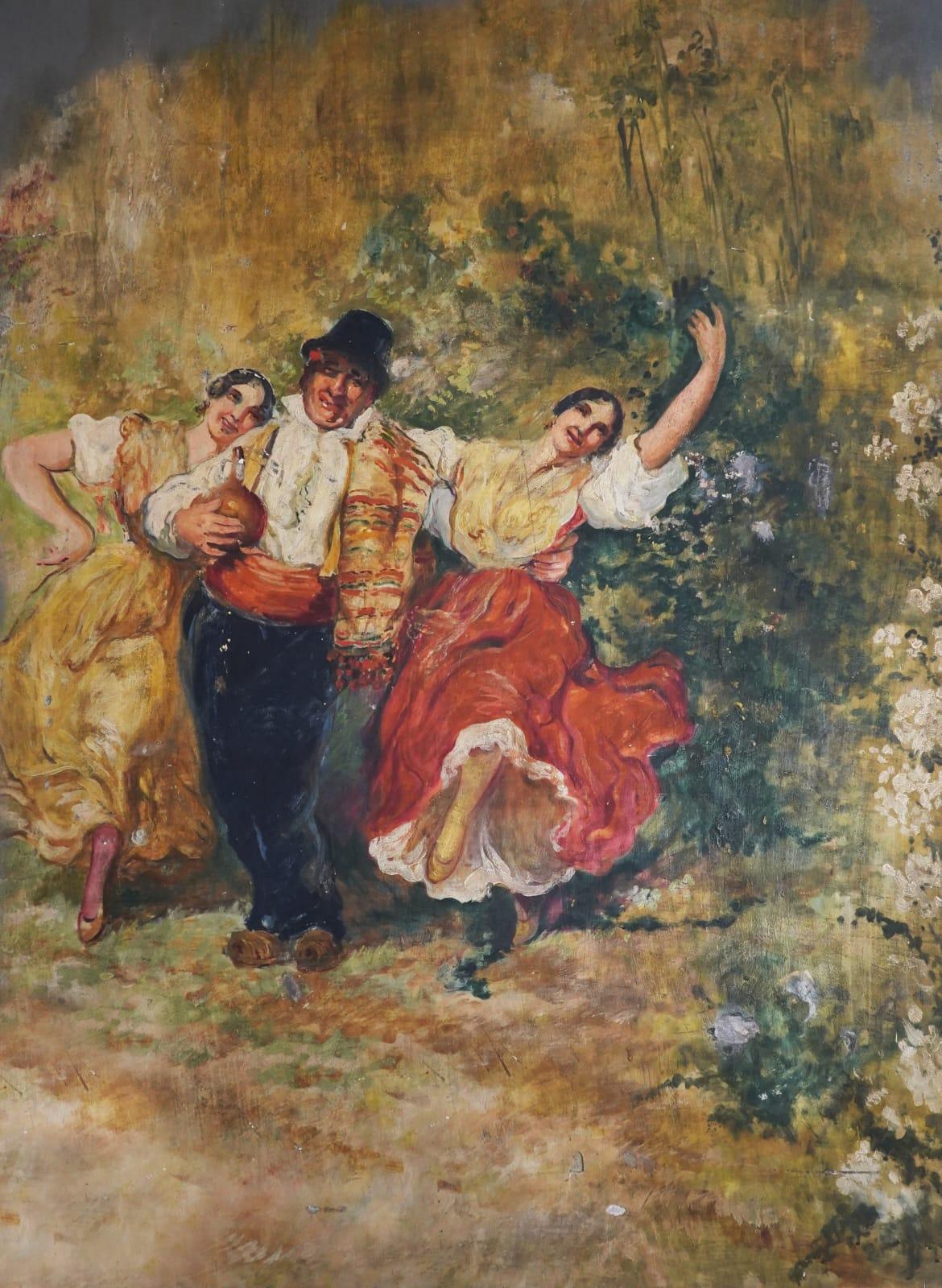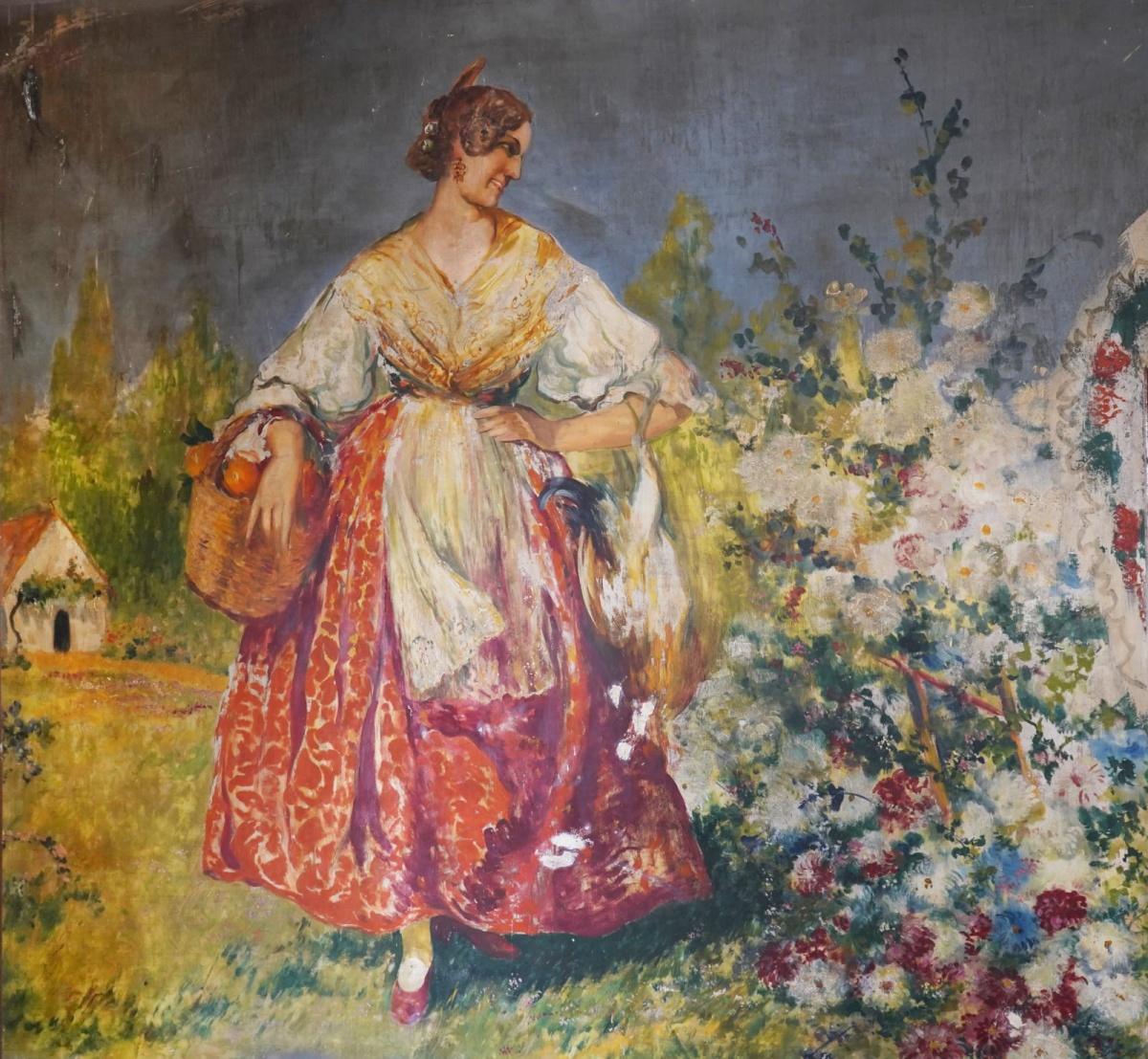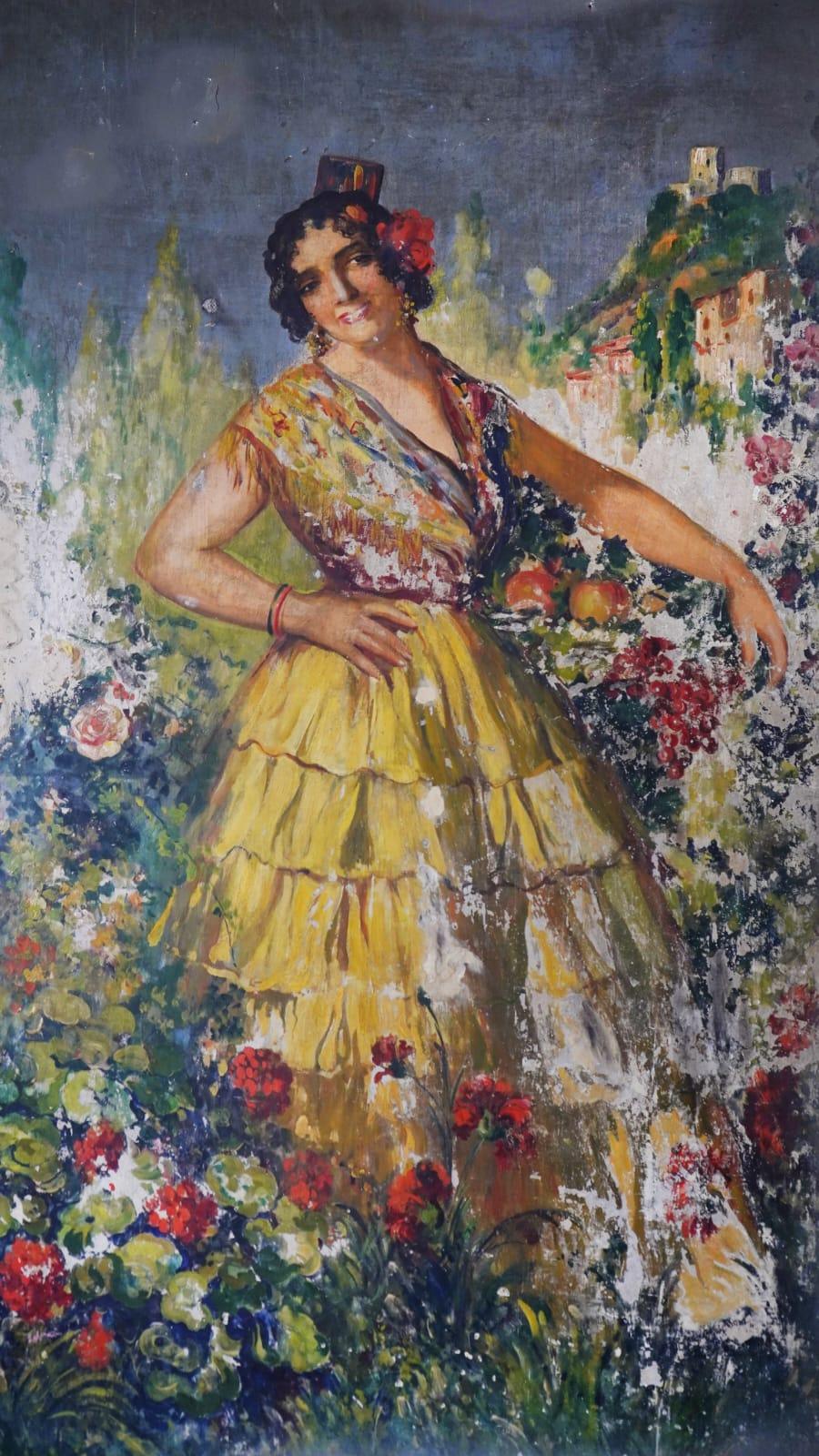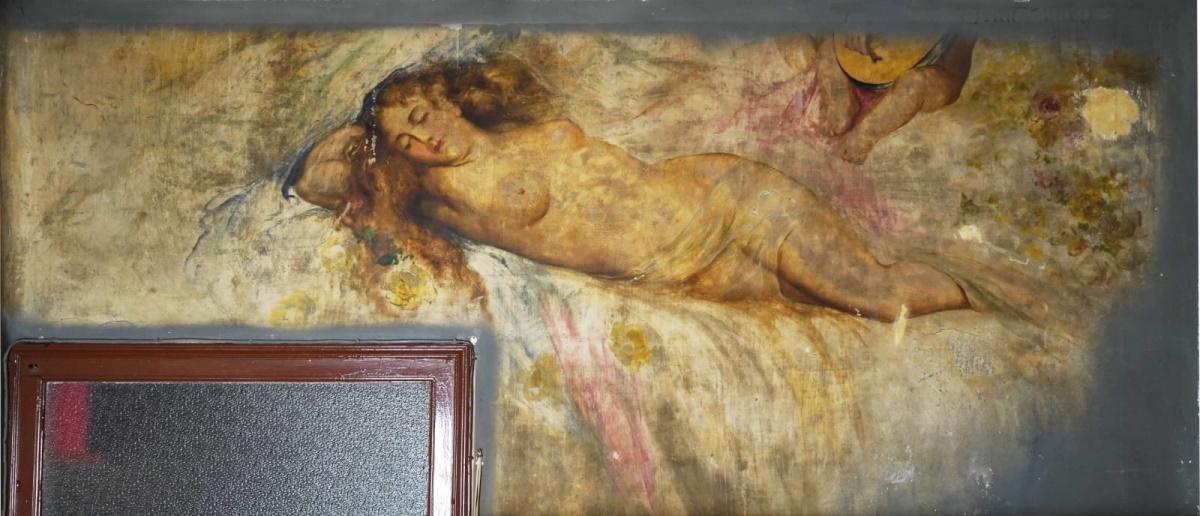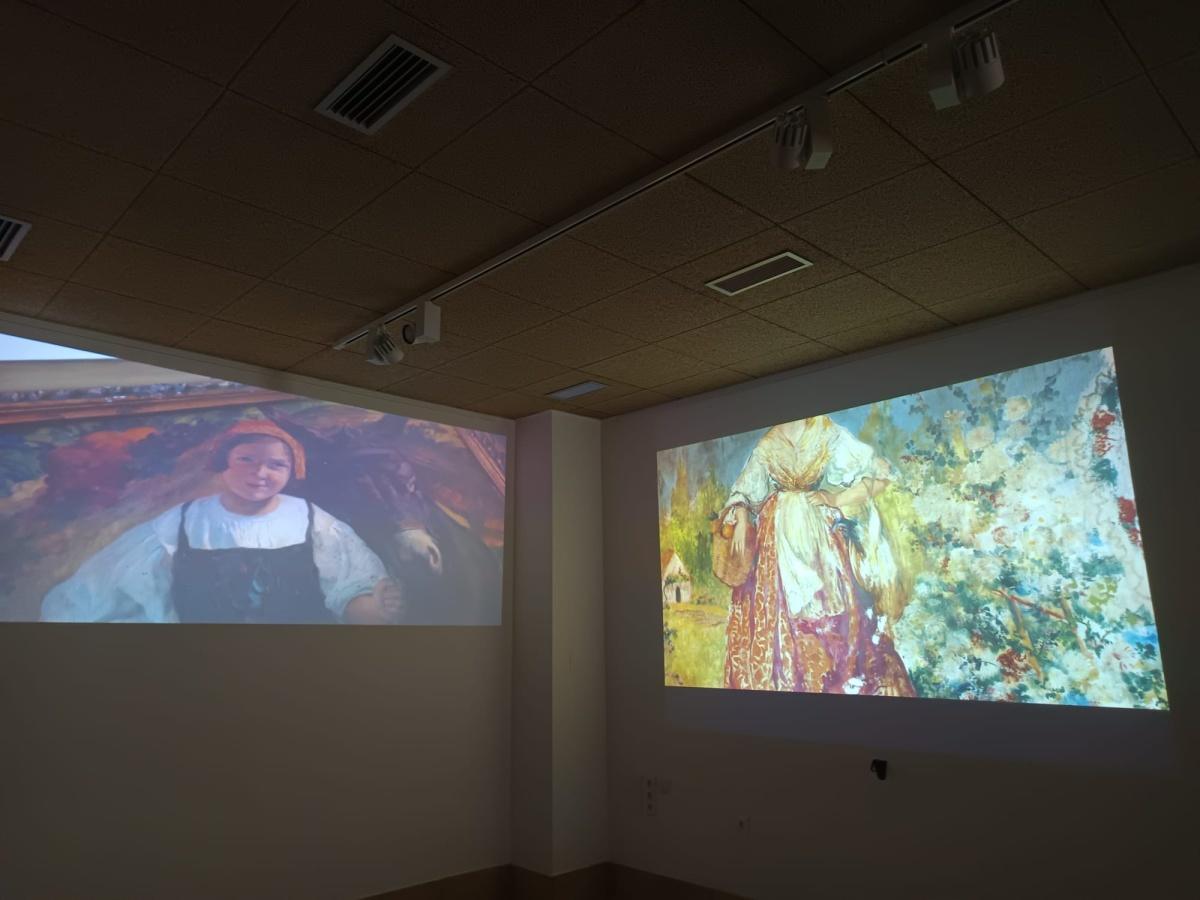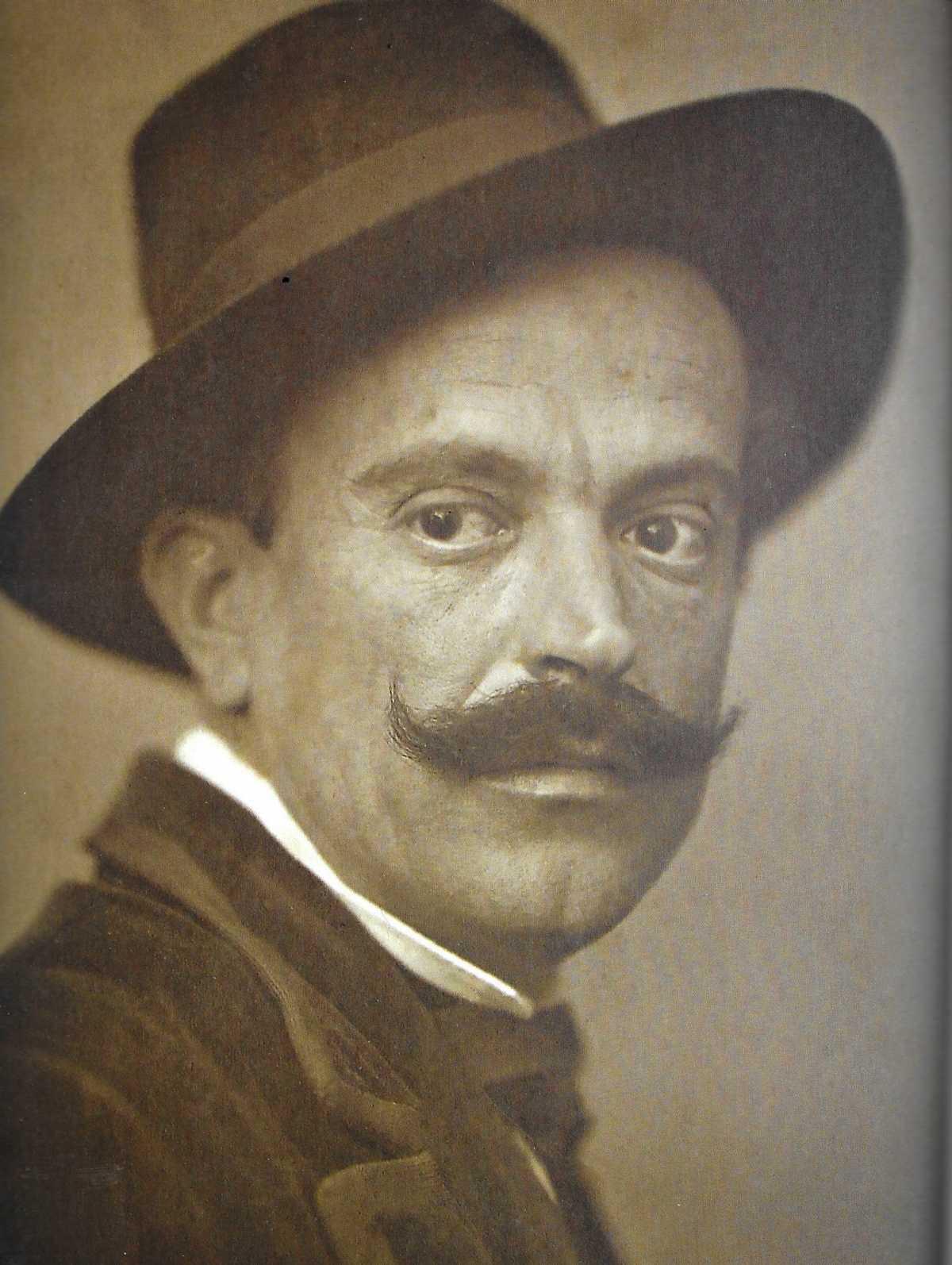Bartolomé Mongrell in Viver: an exhibition to discover his work in Viver
Bartolomé Mongrell Muñoz was born in Valencia in 1879 and lived and painted with a deep connection to his homeland. He came from a family of artists and was the cousin of José Mongrell and Rafael Contreras. He learned from great masters such as Arturo Almarch and, although he was a contemporary and friend of Joaquín Sorolla, he forged his own path.
His painting stands out for its tenebrism, laden with shadows that paradoxically manage to capture the light and vibrant colours of the Mediterranean. An admirer of Velázquez, Ribera, Ribalta and Espinosa, as well as other greats of the Baroque period, he combined these influences with a deep love for landscapes, traditions and life in Valencia.
Mongrell was, above all, a lover of the countryside and the vegetable garden. He painted huts, farmhouses, portraits and traditional scenes with a sensitivity that gave them soul, placing him on a par with artists such as Sorolla and Benlliure, but with his own unique style.
Both while he was single and after he married and had a son and a daughter, he chose Viver de las Aguas, in Alto Palancia, because of its abundance of water, its landscapes and its services, becoming another special and inspiring place for the artist. The landscapes of Viver, with their tranquillity and natural beauty, offered him the perfect space to capture the essence of popular tradition in every brushstroke.
In 1916, his home next to the Mestalla irrigation channel became the epicentre of his inspiration. The Civil War caused him great distress due to the risk of losing his work, and he stopped coming to Viver. Although a bomb hit his studio, it did not explode, and only shrapnel struck one of his paintings, the impact of which he wanted to preserve as a testimony to this event and the brutality of war.
He died in 1938, leaving behind an unrivalled legacy. His life and work stand out for his unique personality, his artistic independence and his deep connection to the land of Valencia.
Among his most iconic works are the posters for the July Fair, such as the one from 1930, and his portraits full of elegance and expressiveness. Mongrell was an artist who knew how to capture the Valencian identity, the light, the traditions and the spirit of his homeland in every brushstroke, leaving us in Viver the priceless expression of his work, both in Paquita's house and in the painting he did of Balbina.
What you will find at the exhibition:
The El Convento Cultural Centre in Viver is hosting an interesting exhibition that brings us closer to the figure of the Valencian painter Bartolomé Mongrell. Through two projections, visitors can learn fascinating details about his work and his relationship with our town.
- Projection of the discovered frescoes: More than 40 years ago, some frescoes appeared in a house in Viver, specifically in Paquita's home. These mural paintings, hidden under layers of lime since the Civil War, were identified as the work of Mongrell thanks to studies by the Universitat Jaume I. The Town Council has digitised these paintings to project them in one of the rooms of the EC El Convento.
- Short documentary featuring some of Mongrell's work and testimonies from Paquita about the discovery of the frescoes in her dining room and from Milagros, Dolores Balbina's daughter, recounting the discovery of the painting Mongrell painted of her mother as a child.
On the opening day, visitors were treated to an informative talk by José Miguel Arce, professor of Fine Arts, on the life and work of the painter, helping to contextualise his artistic importance.



